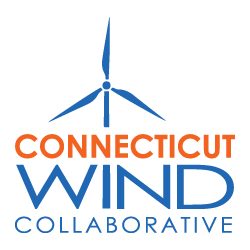Certified Sea Survival and GWO Training at Survival Systems USA in Groton, Connecticut.
Workforce
Connecticut has one of the strongest offshore wind talent pools in the nation. Similar to its supply chain, Connecticut’s advanced manufacturing workforce — especially in the defense and aerospace sectors — is well positioned to support the offshore wind industry.
The highly technical precision engineering, machining, welding, and fabrication processes overseen by employees to construct submarines, helicopters, and jet engines in many ways mirror the processes required for offshore wind farm components.
Connecticut has embedded skilled training programs into various aspects of its education system to encourage early interest and engagement with the advanced manufacturing sector.
To advance the goals outlined in Connecticut’s Offshore Wind Strategic Roadmap, the Wind Collaborative is focused on the following near-term priority actions:
PRIORITY ACTIONS:
- Collaborate with other East Coast states — such as Maine, Massachusetts, New Hampshire, Rhode Island, and Vermont — to determine effective early education and workforce development initiatives that inform, attract, and prepare individuals for roles in the offshore wind industry.
- Develop a formal partnership between Connecticut government agencies, offshore wind companies, and research institutions to drive joint workforce development and training programs as well as investment in the industry.
- Map out the specific workforce needs of the offshore wind industry in Connecticut and incorporate them into preexisting or new training programs.
- Work closely with academic and business leaders to establish a formal offshore wind pathway within Connecticut’s existing workforce development infrastructure.
- Partner with developers, original equipment manufacturers, and the broader supply chainto better understand the current labor and technical shortages affecting the offshore wind industry.
